Fast Fashion
Our current fashion system will continue to have extreme environmental impacts if we do not immediately change the way we produce and consume in this sector. We currently live in a world of mass production and mass consumption that is visible in most sectors, including the fashion industry. Many of us have never thought twice about the clothes we buy and later throw away, basing our consumption decisions on factors such as style and price. Buying clothes, shoes, accessories and more has become so easy thanks to the unlimited number of stores and online shopping. Would it not make more sense to shop in a way that does less or no harm? In addition, we have become so used to impulsive buying that we do not consider the consequences, some of which are drastic! These unethical production and consumption practices have finally caught up with us and are causing significant damage to our environment. In fact, the fast fashion model, based on cheaply produced clothes with short life cycles, designed to maximise profit for the manufacturer, has had a drastic impact on our resources and on certain societies. Did you know that, according to the UN, the industry is currently responsible for 2-8% of greenhouse gas emissions, the consumption of 215 trillion litres of water per year and around 9% of the microplastics found in the oceans each year? In addition, the waste generated by the industry is enormous; according to the Ellen MacArthur Foundation, the equivalent of a truckload of clothes is either buried or incinerated in a landfill every second. These figures are enough to scare anyone and urge us to change our behaviour immediately.
As well as degrading our environment, the fast fashion industry creates unethical working conditions in developing countries; according to Remake, 80% of clothing is produced by young women, sometimes in conditions of forced or even child labour. These working conditions reflect negatively on the companies that continue to enforce them. If we want to see sustainable change in this industry, we need to see change in all areas of the supply chain, from the production process, to the way consumers buy and wash their clothes, to the end of the product’s life. This requires a shift to a circular fashion industry, where companies, governments and consumers work together to ensure that our take-make-waste models are eliminated throughout the life of a product.
Circular Fashion
What is Circular Fashion?
At its core, circular fashion is based on the concept of a circular economy with sustainable practices, where clothing, footwear and accessories are moved responsibly throughout their lifecycle, retaining their value for as long as possible, and then safely returned to the biosphere rather than becoming a form of waste. A circular economy for fashion would result in better products that contribute to a thriving, innovative fashion industry, while restoring our environment; we would end up with less waste in our landfills, less exploitation of natural resources and increased use of green energy. Indeed, valuing people and planet as much as profit would further enhance fair rights and justice for all actors in the industry, creating inclusive opportunities for growth. According to the Ellen MacArthur Foundation, to be effective, products must be made from safe and recyclable materials, with the intention of being reused and remanufactured. Some of the principles to consider in the design phase include designing for longevity, resource efficiency and biodegradability; sourcing and manufacturing in a non-toxic, renewable and ethical manner. In addition, collaboration between market leaders in the fashion industry is needed to make such a transition to a circular system.
Does this system not make more sense to you? It proves that ethical fashion production is very achievable and should become the new industry standard; traditional production and consumption practices should have no place in today’s world.
You might think that all the responsibility lies with the companies and that there is not much we can do as consumers. This is wrong and we need to remember the power we have and the impact our consumption habits have on society. We must use our power as key decision makers to create the change our planet desperately needs. Otherwise, we will reach a point where resources are so depleted that future generations will live in constant danger and fear, even more so than today. So, what can you do as a consumer to get involved in the circular economy and make a difference?
How to shift consumption habits
As consumers, we are the most powerful force in the market exchange, so we can enable a shift from overconsumption to mindful consumption. Mindful consumption is based on caring for ourselves, our communities and our planet, and is an overall selfless consumer behaviour with an awareness of what we buy and why. Applying this concept to circular fashion, we need to start valuing the quality of clothes over the quantity, and only buy when there is a real need. Also, consider buying second-hand! Second hand markets tend to have a negative connotation; why does it sound so ‘uncool’ to us? Let’s get over this stigma and start shopping vintage, where there is a huge variety of trendy items! Next, as a caring consumer, you can learn to repair or even up-cycle clothes, which will help any garment retain its value for longer. But remember, none of this means we have to stop shopping! The key is to shop smarter. There are some brands worth exploring that are trying to integrate a circular fashion system; some examples include:
- Stella McCartney
- Ministry of Supply
- Knickey
- Jackalo
- Eileen Fisher
- MUD Jeans
- Napapijri Circular Series
- thredUP
These are just a few examples of brands trying to make a difference; they are the players in the industry worth supporting and building on so that other companies can make the necessary changes. As consumer behaviour changes at scale, larger, unethical companies will feel pressure to adapt to the new normal and credibly implement a circular fashion business model. To some extent, large corporations take advantage of our ignorance and expect us to blindly follow any trend they reinforce. These big brands have the power and capital to implement more sustainable practices, but they still do not. It is time we took matters into our own hands and started setting the industry standards! If we refuse to buy unethically produced products, companies will be forced to adapt to a more sustainable world by putting the environment and communities before their own profits. This is the future we should strive for, to ensure that future generations can live in peace, free from climate change disasters.
Links Used:
https://ellenmacarthurfoundation.org/topics/fashion/overview
https://greenstrategy.se/circular-fashion-definition/
https://motif.org/news/circular-fashion-economy/
https://www.thehonestconsumer.com/blog/circular-fashion-and-sustainability
https://earth.org/fast-fashions-detrimental-effect-on-the-environment/
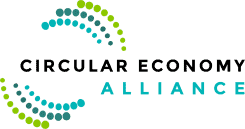

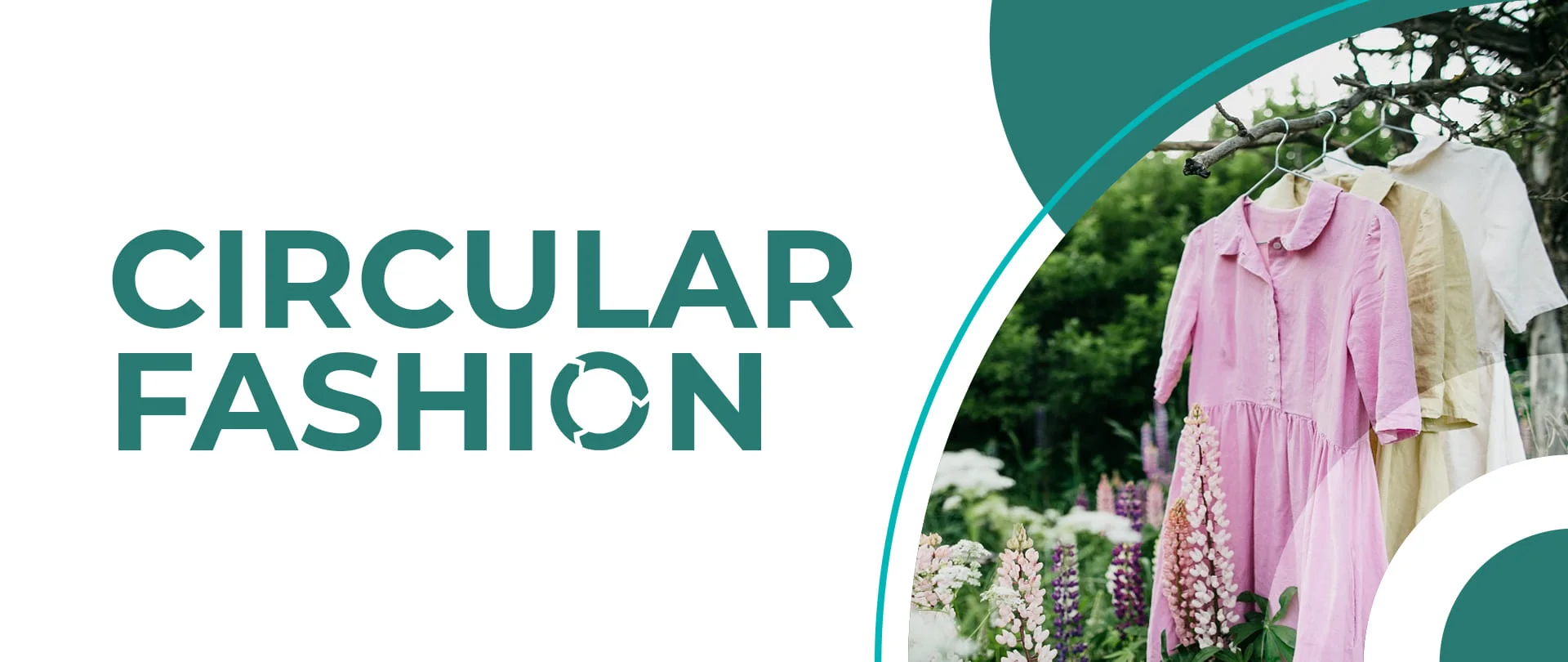






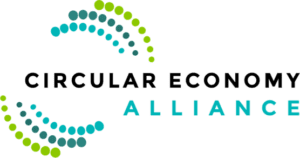
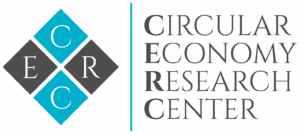






















































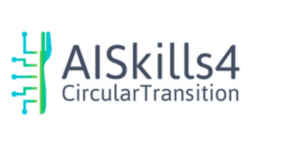



























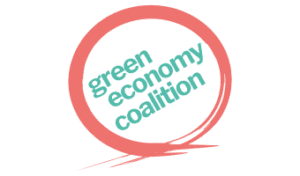







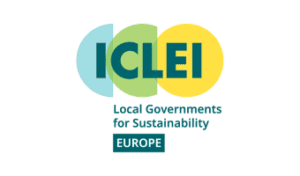

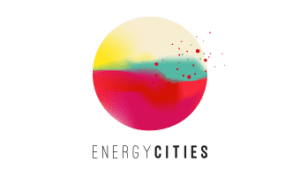






0 Comments